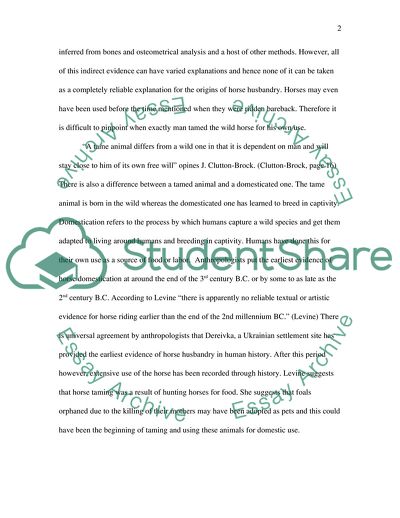Cite this document
(Men and Horses Essay Example | Topics and Well Written Essays - 2500 words, n.d.)
Men and Horses Essay Example | Topics and Well Written Essays - 2500 words. https://studentshare.org/anthropology/1871855-the-horse-and-the-human
Men and Horses Essay Example | Topics and Well Written Essays - 2500 words. https://studentshare.org/anthropology/1871855-the-horse-and-the-human
(Men and Horses Essay Example | Topics and Well Written Essays - 2500 Words)
Men and Horses Essay Example | Topics and Well Written Essays - 2500 Words. https://studentshare.org/anthropology/1871855-the-horse-and-the-human.
Men and Horses Essay Example | Topics and Well Written Essays - 2500 Words. https://studentshare.org/anthropology/1871855-the-horse-and-the-human.
“Men and Horses Essay Example | Topics and Well Written Essays - 2500 Words”. https://studentshare.org/anthropology/1871855-the-horse-and-the-human.


